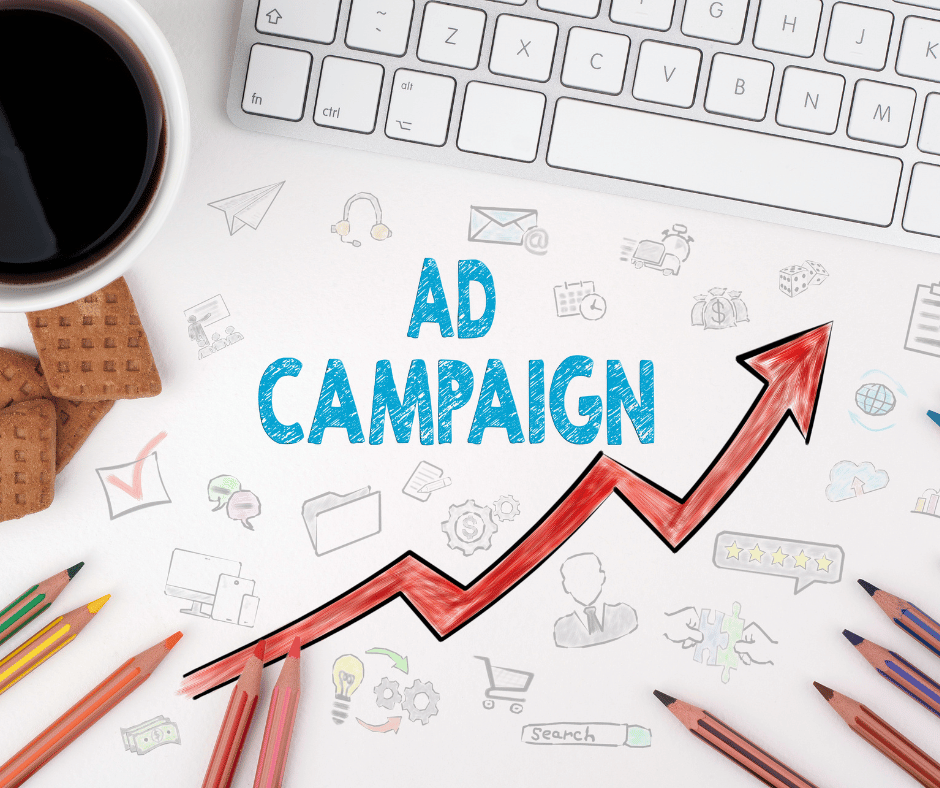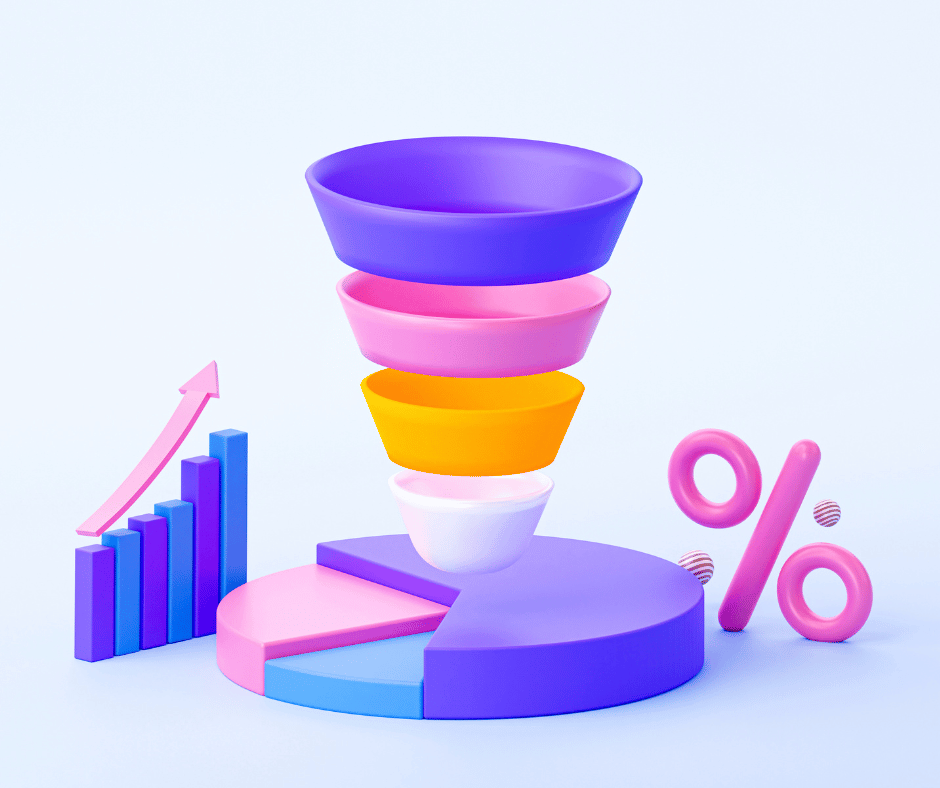Companies always want to minimize expenses and increase return on investment (ROI). The cost per click (CPC) is one important measure that is vital to this calculation. CPC is a metric that quantifies the cost per click that an advertiser incurs on their advertisement, and it has a direct impact on the total cost of managing a digital advertising campaign. This post looks at practical ways to increase ROI and decrease CPC.
Comprehending the Cost Per Click
It’s critical to comprehend how CPC is calculated before implementing any CPC reduction tactics. The simple calculation for CPC is to divide the entire cost of your advertisements by the number of clicks. Despite the formula’s apparent simplicity, there are a number of factors that affect the actual CPC you pay.
Scores for Relevance and Quality
A quality score is used by Google Ads and other advertising networks to assess how relevant your ads are to users. Your CPC will decrease as your quality score increases. To improve the user experience, concentrate on producing relevant and high-quality advertising content and optimize your landing pages. This raises the position and visibility of your advertisement while lowering its CPC.
Research and Selection of Keywords
The foundation of any successful digital advertising campaign is extensive keyword research. Reducing CPC can be achieved by focusing on high-value, relevant keywords with less competition. Long-tail keywords frequently yield lower cost per click (CPC) and higher conversion rates since they are more focused and have a lower search volume.
Methods to Reduce Your Click-Through Rate
Optimize creatives and ad copy
Ad language that is compelling and visually appealing has a big impact on how well your campaign performs. Create attention-grabbing headlines, add pertinent keywords, and emphasize your unique selling proposition. By experimenting with multiple ad variations, you may determine which ones your target audience responds to the best, which can increase click-through rates (CTR) and decrease cost per click (CPC).
Make use of ad extensions
Ad extensions can increase the relevance of an advertisement and give users more information. To improve your ad’s visibility and click-through rate, make use of different ad extensions, including callout, structured snippet, and site link extensions. Google awards extensions-equipped advertisements with a better quality score, which could reduce your cost per click.
Improve your targeting choices
Ads that are targeted precisely to the right users are guaranteed to be seen. Examine and improve your targeting choices, paying particular attention to device preferences, demographics, and interests. By focusing on a smaller audience, you can minimize clicks from individuals who are not as likely to convert, which will lower your cost per click overall.
Ad Timing and Bid Modifications
Determine the best times and days to reach your target audience by tracking the effectiveness of your advertisements over time. Modify your ad schedule such that your budget is concentrated during these times of strong performance. Additionally, to allocate resources where they yield the best results and maybe reduce CPC, use bid changes based on device, location, and time.
Enhance the experience of landing pages
A fluid and easy-to-use landing page encounter results in reduced CPC and greater quality scores. Make sure your landing pages load quickly, are optimized for desktop and mobile devices, and match the content of your ads. User happiness can be raised and conversion rates can rise with a successful landing page experience.
Track and enhance the performance of campaigns
Review campaign performance indicators on a regular basis, including CTR, CPC, and conversion rates. Determine which keywords or ads are not working well, then make data-driven changes. To stay ahead of the competition in the world of digital advertising and eventually get a lower CPC, you must continuously optimize.
Boosting Your Investment Return
A positive return on investment may not always result from concentrating only on the CPC, even if it is necessary for cost-effective advertising. In order to optimize your overall return on investment, take into account the following tactics:
Monitor conversions and make reasonable objectives
Establish conversion tracking and clearly describe your campaign objectives to gauge the effectiveness of your advertising. By knowing the worth of every conversion, you can optimize for higher-value actions and spend your money more wisely.
Make use of retargeting initiatives
Retargeting campaigns are a useful tool for re-engaging users who have visited your website in the past. Users are more likely to convert after seeing your brand several times; therefore, these campaigns can increase conversion rates and enhance return on investment.
Spread out your advertising channels
Look at other avenues for advertising besides search engines, like social media and display networks. By utilizing a variety of channels, you can potentially increase your return on investment by reaching a larger audience and taking advantage of various user behaviors.
Put A/B testing into practice
A/B testing is useful for improving landing pages, calls-to-action, and other campaign components, in addition to optimizing ad creatives. Try varying the settings to find the best combinations that maximize ROI and encourage conversions.
Put customer lifetime value first
Instead of focusing only on the immediate transaction, take into account the long-term worth of acquiring a customer. Understanding customer lifetime value (CLV) will help you maximize your return on investment (ROI) by helping you decide how much to spend on bringing on new clients and keeping hold of current ones.
You Can Also Read: 8 Incredible Resources to Up Your Social Media Game in 2023
A comprehensive and data-driven strategy is needed to successfully reduce your cost per click and boost your return on investment in digital advertising. You may design a more successful and economical advertising plan by putting relevance first, maximizing targeting and ad content, and regularly reviewing and tweaking your campaigns. Recall that the world of digital advertising is dynamic, and long-term success depends on your ability to adjust and respond to shifting consumer preferences and trends.


